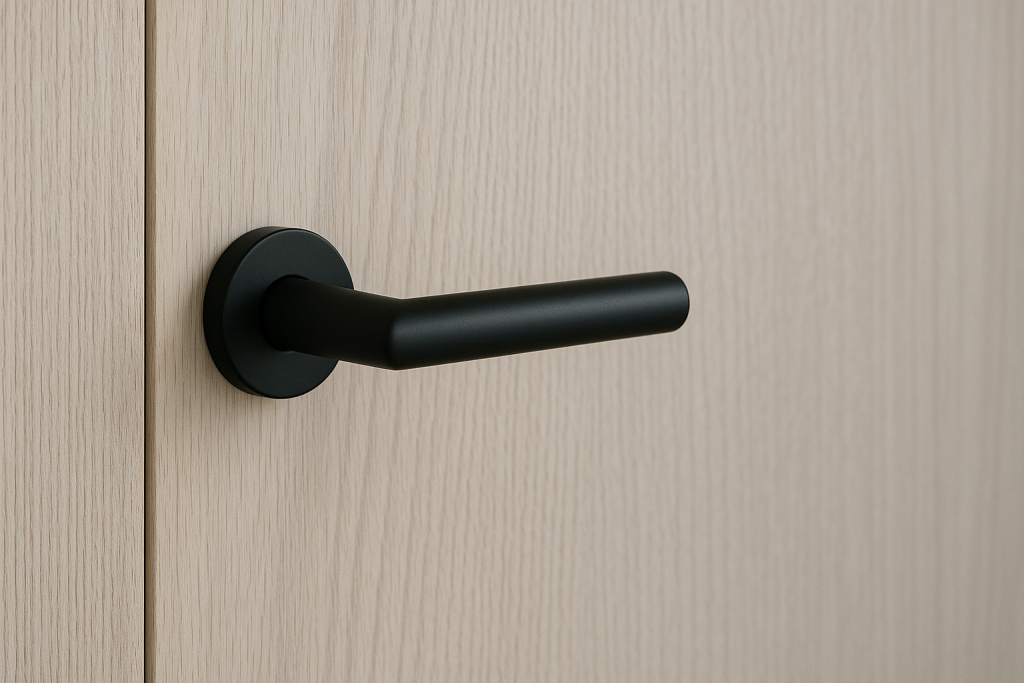Creating a cohesive home design requires attention to detail at every turn. One often overlooked element is the selection of door hardware, which plays a crucial role in the seamless transition between rooms. By choosing the right components, you can enhance both the aesthetic and functional flow of your living spaces.
The importance of cohesive design in a home cannot be overstated. Every element, from wall colours to furniture placement, contributes to the overall ambiance. One critical component often neglected is Door Hardware, which can significantly impact room transitions. Thoughtful door hardware choices can improve your home’s flow and design continuity.
Choosing the right hardware
When selecting door hardware, it’s essential to complement your home’s overall design aesthetic. The right hardware should integrate seamlessly with existing decor, enhancing rather than detracting from the visual appeal. Various styles are available, from sleek modern designs to more traditional options, offering endless possibilities for customisation.
Door hardware plays a pivotal role in maintaining a fluid connection between spaces. For instance, sleek and minimalistic handles might suit a contemporary home, whereas ornate knobs could enhance a more classic setting. The choice of style impacts not only the look but also the perceived flow of your home.
Additionally, consider the functionality of each piece alongside its design elements. The hardware you choose should be easy to use and durable enough to withstand daily wear and tear. This balance ensures that each room transition feels natural and unobtrusive.
The scale of your hardware should also be proportionate to your door size and room dimensions. Oversized handles can overwhelm smaller doors, while diminutive hardware might look out of place on grand entryways. Consider the visual weight of each piece and how it will interact with surrounding architectural elements. For double doors or French doors, matching pairs of handles should be carefully selected to maintain symmetry and balance.
Design considerations
The finishes and materials of door hardware can greatly influence visual continuity. Opt for finishes that match or complement other fixtures in your home for a cohesive appearance. Popular choices include brushed nickel, matte black, and polished brass, each offering unique aesthetic benefits.
Matching hardware to different interior styles requires an understanding of both your personal taste and current trends. If your home features rustic elements, consider aged bronze or antique finishes for an authentic touch. In contrast, urban lofts might benefit from industrial-style hardware with exposed metal accents.
Keep in mind that subtle details can make a significant difference in achieving a harmonious look. Pay attention to small elements like screw heads or hinge colours to ensure they blend well with the surrounding decor.
Functionality and style balance
Balancing functionality with style is crucial when choosing door hardware. While aesthetics are important, practicality should never be compromised. Look for hardware that complements your home’s style while meeting daily usage needs.
Consider lever handles for ease of use, especially in homes with children or elderly residents who may find traditional knobs challenging. Additionally, ensure that all mechanisms operate smoothly to avoid frustration over time.
Your choice of hardware should reflect your lifestyle as much as it does your design preferences. By prioritising both form and function, you create spaces that are beautiful yet liveable.
Installation tips
Proper installation is key to ensuring smooth room transitions. Follow manufacturer instructions carefully or consult professionals if necessary to achieve optimal results. Misaligned or poorly installed hardware can disrupt the seamless flow you’re aiming for.
Regular maintenance will keep your door hardware looking fresh and functioning well over time. Clean handles and hinges regularly with appropriate products to prevent tarnishing or damage from everyday use.
A proactive approach to maintenance not only preserves aesthetics but also extends the lifespan of your investment in quality hardware solutions.



